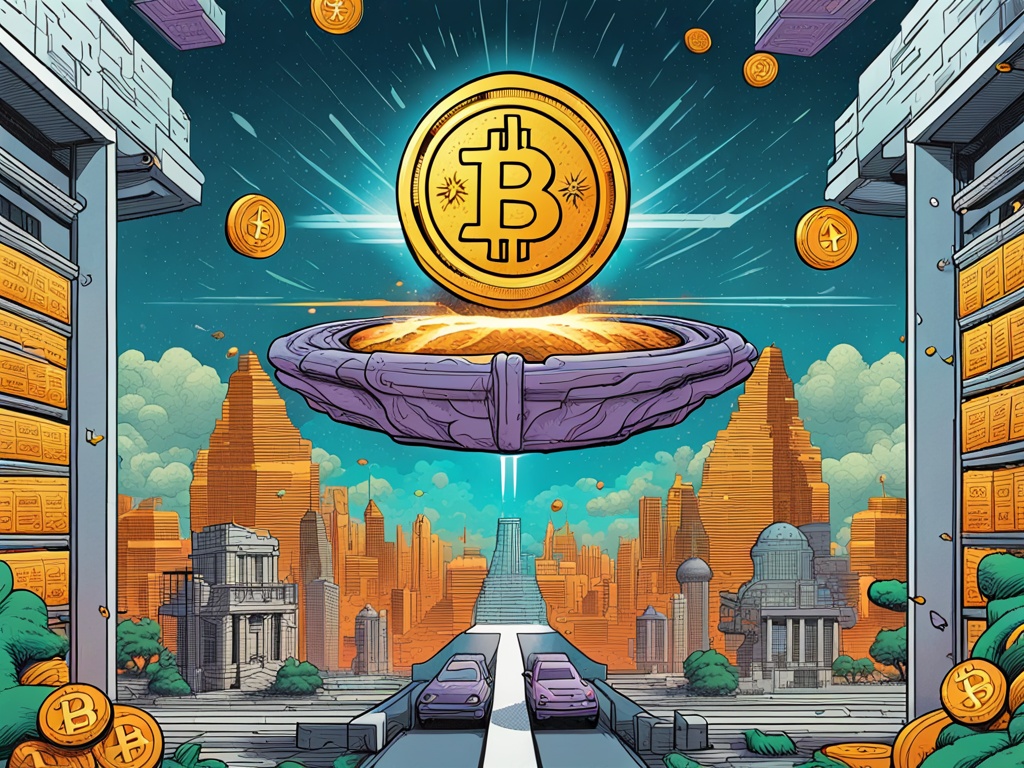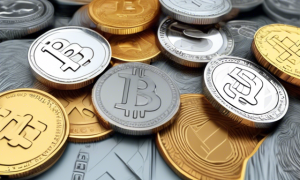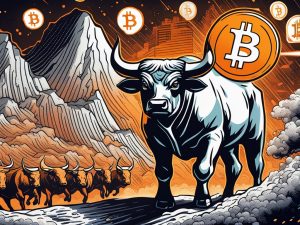Is Ripple’s XRP Still a Game Changer or Just Another Coin in the Crowd?
Hey there! So, let’s dive into the current buzz around Ripple and its flagship asset, XRP. As a young crypto analyst, I’ve been keeping an eye on this space, and the ongoing discussions surrounding Ripple and the XRP Ledger have sparked quite a conversation. If you’re considering getting involved in the crypto market, understanding this situation is crucial. Let’s break down some of the key points.
Key Takeaways:
- Ripple’s unique features aim to make digital transactions safer.
- Regulatory challenges are stalling broader adoption.
- The debate around XRP’s market value continues.
- Ripple’s transparency and slow adoption pose questions for investors.
Now, you might have heard about some recent exchanges on X (you know, the platform formerly known as Twitter), where Ripple’s CTO, David Schwartz—who’s basically a bit of a rock star in the crypto world—was on the front lines defending his baby, the XRP Ledger (or XRPL for short). Some users were throwing shade, suggesting that newer blockchains can replicate XRPL’s features, and in some cases, do even more. Ouch, right?
The Unique Selling Points of XRPL
Schwartz didn’t back down, though. He pointed out that XRPL has a few tricks up its sleeve that you won’t typically find all packaged together in one blockchain. We’re talking about capabilities like stablecoins, NFTs, and a decentralized exchange—all without the added risks that come with your typical smart contracts. Basically, it’s designed for easier and safer transactions, which is a big deal in the crypto world.
But here’s the catch: while these features sound great, they haven’t led to a significant uptake in the payment sector. This has been a real head-scratcher for Schwartz, who expected Ripple’s payments system to gain traction far quicker. He highlighted issues like:
- Regulatory Uncertainty: Nobody wants to dive in when the rules are still being figured out.
- User Experience: Let’s be real; if it’s not easy to use, most people will stick to their traditional banks.
So, essentially, for those who can easily access financial services, banks feel like a safer, more convenient option. And for others without solid banking access, they often don’t have the extra cash to experiment with new tech. It’s a tough nut to crack.
Criticism and Defensiveness
Now, you wouldn’t believe the heat he took from some users on X. One guy, Dr. Wonder Bread (cool name, right?), threw some serious shade suggesting that Ripple’s issues could just be a clever excuse to keep selling XRP and indirectly influence its price. Schwartz defended himself, stating that Ripple has always been transparent from its inception back in 2014. They had a clear payment focus and have remained committed.
What’s really interesting is that there’s this ongoing tension in the community about whether Ripple’s success should be linked directly with XRP. One user even asked Schwartz to provide actual success stories of XRP in action. It’s a fair point, but he didn’t really give a solid answer, which left some folks hanging. XRP was trading around $0.70 when this all went down, so you know investors are paying close attention.
The Emotional Side of Crypto Investing
Look, I get it—investing in crypto can feel a lot like a rollercoaster ride. There’s a lot of excitement and potential for high rewards, but there’s also a ton of uncertainty. It’s this blend of speculation mixed with the fear of missing out (FOMO) that keeps people invested, and it’s super common for feelings to run high when defending or critiquing projects like Ripple.
If you’re considering putting money into XRP or any crypto for that matter, here are some practical tips:
-
Do Your Own Research: It sounds cliché, but understand the technology and the team behind a project. Ripple’s unique selling points should be weighed against its performance and market reception.
-
Watch for Regulatory Updates: The landscape is changing all the time. Keeping an eye on how regulations evolve can be just as crucial as monitoring the price.
-
Diversify Your Investments: Don’t put all your eggs in one basket. The crypto market is volatile, and it’s always a good idea to spread your risk.
-
Engage with the Community: Platforms like X are buzzing with discussions, and staying engaged can help you get different perspectives.
- Trust Your Gut, but Don’t Ignore Data: Sometimes you might feel a certain way about an asset. Balance that intuition with hard data. If something doesn’t add up, it’s worth a second look.
Final Thoughts: The Big Picture of XRP
So, to wrap this all up, Ripple and XRP are at a crossroads. The features that make XRPL unique are overshadowed by concerns over adoption and real-world value. For potential investors, the essence of this conversation reflects a larger narrative in the crypto market: innovation is critical, but capturing that market interest is where the real challenge lies.
The big question is this: As the crypto landscape evolves, will projects like Ripple find their foothold, or are they destined to be just another player in an overcrowded space?





 By
By
 By
By
 By
By
 By
By
 By
By
 By
By